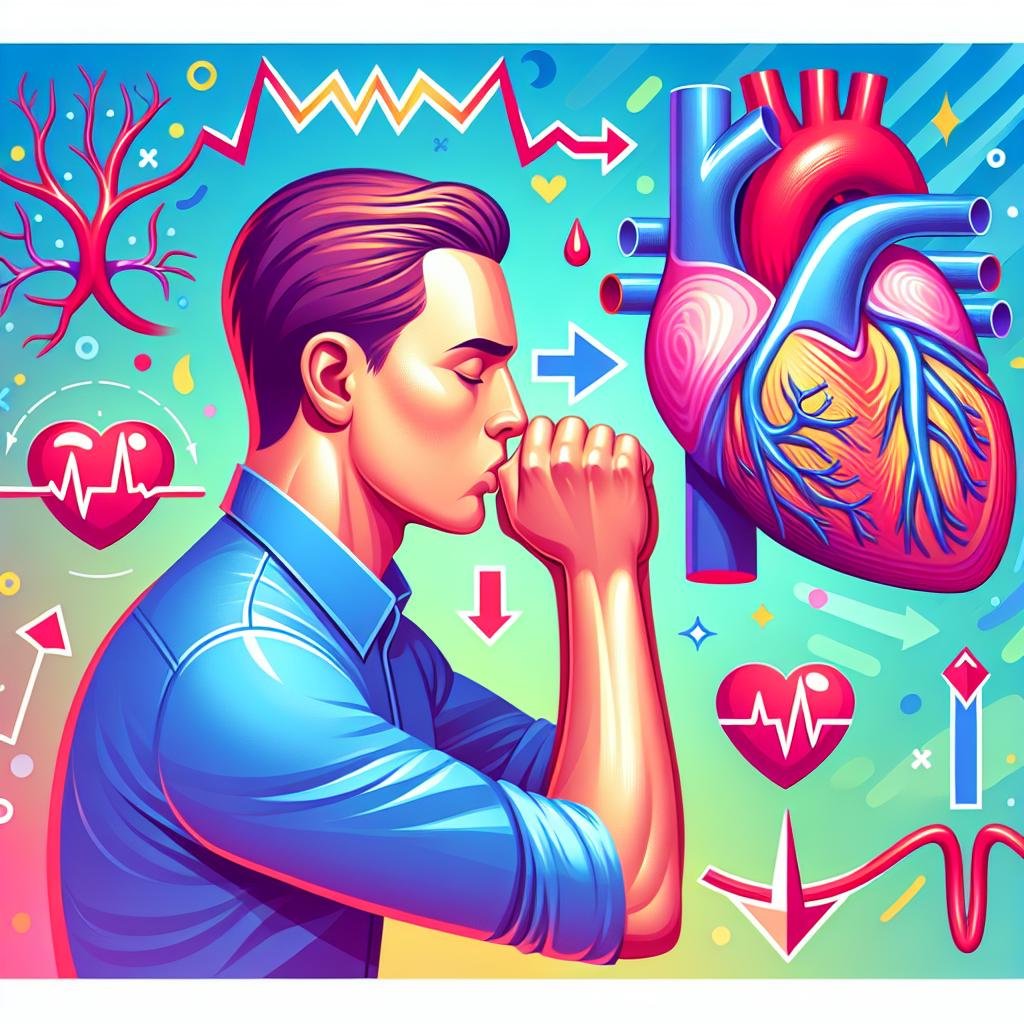Using Biofeedback to Manage Vasovagal Syncope
Introduction Vasovagal syncope, also known as neurocardiogenic syncope, is a common condition that causes people to faint. It happens when the body reacts too strongly to certain triggers, making the heart rate and blood pressure drop suddenly. This quick change reduces the amount of blood flowing to the brain, which can make a person lose […]
Using Biofeedback to Manage Vasovagal Syncope Read More »









